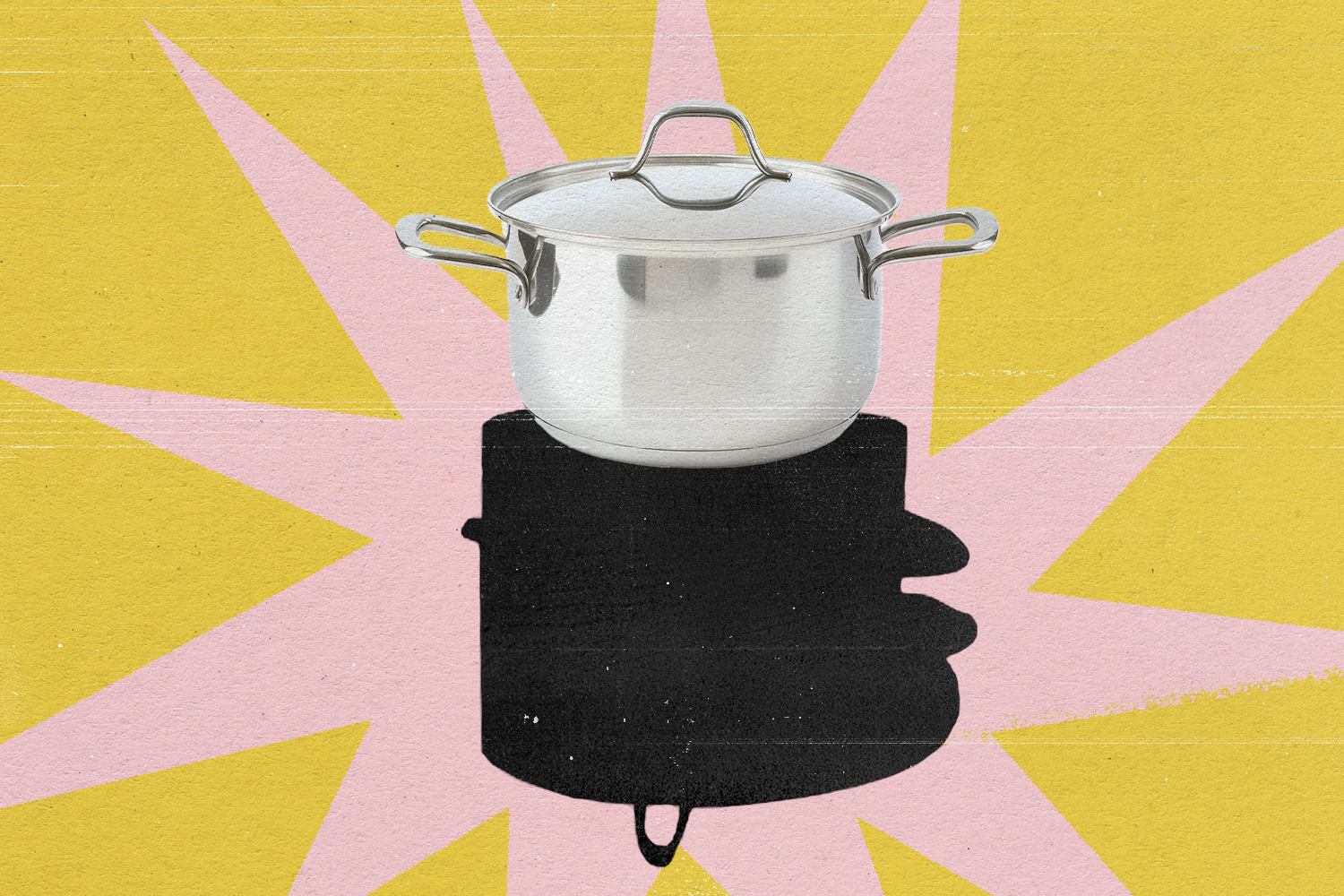Carbon credits are a tempting choice for businesses—and frequent flyers—looking for a solution for mounting greenhouse gas emissions. The idea is that you can offset your activities by funding emissions-reducing projects like carbon capture or renewable energy development. But unfortunately, it isn’t quite that easy. Carbon credits are super prone to greenwashing, and analyses have found that around 80% of them greatly overestimate their impact.
Credits that center on tree planting and reforestation are most often in the hot seat because their benefits are difficult to calculate. But another type of credit is increasingly getting put under the microscope. Cookstove projects currently account for 1 in 7 projects on the voluntary market, and a new report from Carbon Market Watch is shedding fresh light on just how overblown their claims might be.
What are cookstove credits?
Cookstove programs offer companies or individuals the opportunity to effectively pay to replace open or partially open fires fed by wood or other biomass in low-income countries. These upgraded stoves, such as EcoSafi’s BetterStove, burn biomass more efficiently than open flames or use cleaner, liquid fuel. Each “credit” someone buys rounds out to 1 metric ton of avoided CO2 emissions, and some estimates place a single stove as capable of generating between 10 and 28 carbon credits over its lifetime. In addition to reducing emissions, these projects save beneficiaries time and money, and some reduce indoor air pollution and improve respiratory health.
Why cookstove credits are so suspicious
The projects themselves can do a lot of good on the ground, but good intentions aren’t the same as cutting emissions. The new analysis from Carbon Market Watch found that in the Korean market—the second largest in the world—cookstove projects overestimate emission reductions by a factor of 18.3 times on average. How much each effort overshoots its impact varies, with the highest claiming impacts 67.9 times higher than reality. This isn’t the only report that has shown these credits puffing up their numbers: A 2024 study found that of 51 projects spanning 25 countries, cookstove credits were overstated by a factor of 9.2.
Benja Faecks, an author of the new report, says there are two interconnected reasons why cookstove impacts are so out of whack: bad methods and bad data. The methods for tracking impact are not rigorous enough in how they measure fuel consumption or cookstove use, so much so that the Integrity Council for the Voluntary Carbon Market recently rejected both of them. The formulas these methods employ multiply the data, so “if one of these values is only slightly off, that can already lead to a double-time over-crediting,” Faecks says.
One example of a faulty data point? Of the studied projects, the average “adoption rate” (that is, how many people who get stoves actually use them) was considered to be 98.7%. But previous research has found that cookstoves have an average adoption rate of 58%.
What this means for carbon credits
Even with the most reliable projects, carbon credits are an imperfect solution to the climate crisis, because organizations (and sometimes individuals) often use them as an excuse to not cap the greenhouse gases they’re pouring into the atmosphere. “We need to prioritize emission reductions in the first place, and then, as an add-on, we can invest in carbon trading,” Faecks says.
For businesses, that means investing in renewable energy and energy efficiency in their own operations. For individuals, it means understanding the shortcomings of the credits they’re offered to offset anything from flights to overnight shipping—and embracing that there are other, more reliable ways to have a more legitimate impact than paying for their footprint to go poof.

